When you think of Navratri, what comes to mind? For many, it’s the vibrant colors, the rhythm of the dandiya, the smells of incense wafting through the air, and the melodic chants rising in unison.
But behind this beautiful festival lies a tale that goes far beyond the surface. It’s a story deeply rooted in our Shastras, an ancient truth that echoes an eternal battle between good and evil, both within and around us.
Navratri tells a story of the divine feminine energy, Shakti, taking various forms to protect the world. But how much do we truly know about the goddesses we worship? What is the real significance of each day, and why do we celebrate these nine nights?
Once Parvati said to a sage, “Shiv is ‘Shiva’ because Shakti completes him, without Shakti.. Shiva is ‘Shav’,” meaning it’s Shakti that gives us birth and meaning to our very existence. Without her, nothing can exist.
As the moon waxes and wanes, so do the energies within us shift through the nine forms of Durga, also known as the Navdurga. In this blog, we’ll delve deep into the ancient texts like the Srimad Devi Bhagavata Purana, Markandeya Purana, and Skanda Purana to learn the unknown facts about Navratri. We will also explore the nine forms of Navdurga, their individual stories, spiritual significance, and the role they play in guiding devotees to spiritual enlightenment, as they symbolise the triumph of Shakti over Adharma.
Devi Bhagavata Purana: The Birth of Durga as ‘Adi Parashakti’
According to the Devi Bhagavata Purana, Durga manifested as Adi Parashakti, the Supreme Goddess. When the Asura(demons) threatened to overthrow the balance of the universe, Durga appeared as the powerful force of cosmic energy. The story reminds us that Navratri represents the eternal battle between good and evil, where the supreme energy, Shakti, restores order.
Markandeya Purana: The Legend of Mahishasura and Durga’s Triumph
The Markandeya Purana, specifically the Devi Mahatmya, recounts how Durga was created from the collective energies of Brahma, Vishnu, and Shiva to destroy the demon Mahishasura. This myth symbolizes the destruction of ego, ignorance, and unrighteousness. During Navratri, worshippers of Durga invoke her nine forms for protection, guidance, and spiritual strength.
Skanda Purana: Why Navratri is Celebrated for Nine Days

In the Skanda Purana, the nine-day celebration of Navratri is explained as the period during which Devi Durga annihilated various demonic forces and restored balance to the universe. This sacred text talks about the importance of performing Navratri Puja with dedication, as it is a time when the cosmic energies are most potent for spiritual growth and awakening.
The Significance of Each Day of Navratri 2024: Nine Nights, Nine Goddesses, Nine Stories

Let us walk through the sacred days of Navratri 2024, as we honor the Navdurga in their divine order.
October 3, 2024 – Day 1: Shailaputri – The Daughter of the Mountains (Yellow)
The first night of Navratri opens with the worship of Shailaputri, the daughter of the Himalayas. Her story is one of deep faith and grounding. After the self-immolation of her previous incarnation as Sati, Shailaputri was born again as the daughter of the mountains, representing the Earth element, or Prithvi Tattva. Her grace is what holds us steady during turbulent times.
- Significance: Shailaputri reminds us to stay rooted in our values and principles, no matter how chaotic life becomes.
- Offerings: Raw milk, symbolizing purity and strength, is offered to her, asking for stability in life and devotion.
October 4, 2024 – Day 2: Skandamata – The Nurturing Mother (Green)
On the second day, we worship Skandamata, the mother of Lord Kartikeya, the warrior god. The color for this day is green, representing growth, tranquility, and the nurturing love of a mother.
- Her Story: Skandamata’s blessings bring family harmony and the growth of spiritual wisdom.
- Offerings: Green fruits or leafy vegetables are offered, symbolizing growth in life and spirituality.
October 5, 2024 – Day 3: Chandraghanta – The Fierce Warrior (Grey)
The third day celebrates Chandraghanta, the fierce form of Durga who symbolizes bravery and courage. The grey color of this day represents balance between good and evil, encouraging us to rise above challenges with grace.
- Her Story: Chandraghanta inspires us to face life’s battles with courage and remain steadfast.
- Offerings: Grey-colored items like sesame seeds are offered, invoking strength.
October 6, 2024 – Day 4: Kushmanda – The Creator of the Universe (Orange)
The fourth day is dedicated to Kushmanda, the goddess who created the universe with her radiant smile. The orange color signifies her creative energy and represents enthusiasm, joy, and vitality.
- Her Story: Kushmanda is the divine creator, bringing light and life to the universe.
- Offerings: Devotees offer pumpkin or any orange-colored fruit, symbolizing prosperity and creativity.
October 7, 2024 – Day 5: Brahmacharini – The Goddess of Asceticism (White)
On the fifth day, we worship Brahmacharini, the goddess of penance and serenity. The color white represents her purity and calm demeanor, reminding us to stay grounded in truth and purity.
- Her Story: Brahmacharini teaches us the power of dedication and self-control on the spiritual path.
- Offerings: Offerings of sugar or white flowers are made to symbolize a pure, peaceful mind.
October 8, 2024 – Day 6: Katyayani – The Fearsome Protector (Red)
The sixth day is dedicated to Katyayani, the fierce warrior goddess who slayed Mahishasura. The color of the day is red, symbolizing courage, boldness, and the fiery energy needed to fight our inner demons.
- Her Story: Born from the penance of the sage Katyayana, Katyayani is invoked for victory in life’s battles.
- Offerings: Red flowers are offered to invoke strength and passion.
October 9, 2024 – Day 7: Kalaratri – The Goddess Who Destroys Darkness (Blue)
The seventh day honors Kalaratri, the most terrifying form of Durga who destroys darkness and removes fear. The blue color signifies the immense strength and protection she provides, shielding us from all evil.
- Her Story: Kalaratri dispels ignorance and destroys negative energies, guiding us to light.
- Offerings: Jaggery or blue-colored items are offered to invoke her fierce protection.
October 10, 2024 – Day 8: Mahagauri – The Embodiment of Purity (Pink)
On the eighth day, we worship Mahagauri, the goddess of serenity, compassion, and beauty. The color pink represents love, kindness, and the purity of heart that Mahagauri embodies.
- Her Story: Mahagauri cleanses the impurities of the soul and blesses us with wisdom and grace.
- Offerings: Coconut is offered, symbolizing inner and outer purity.
October 11, 2024 – Day 9: Siddhidatri – The Bestower of Spiritual Powers or Siddhi (Purple)
The final day is dedicated to Siddhidatri, the goddess who bestows spiritual powers and divine wisdom. The color purple symbolizes ambition, spiritual power, and transformation.
- Her Story: Siddhidatri completes our spiritual journey, blessing us with siddhis (spiritual perfections) and divine knowledge.
- Offerings: Sesame seeds or purple flowers are offered for spiritual and material success.
OCTOBER 12,2024 – DAY 10:
The Divine Power of Colors in Navratri: A Journey of Devotion and Inner Awakening
These colors are more than just part of tradition—they carry the vibrations of each goddess and help us embody the energy of each day. As we wear the color of the day and perform the Navratri puja, we are not just performing a ritual; we are aligning our inner energy with the cosmic forces that govern the universe. The colors we wear, the offerings we make, and the stories we tell during Navratri 2024 all come together to create a sacred balance between the divine and human.
Each day offers us a chance to pause, reflect, and invoke the specific energy of the goddess being honored. From the stability of Shailaputri, to the fearless courage of Kalaratri, to the spiritual enlightenment of Siddhidatri, Navratri is a spiritual journey through the spectrum of life’s challenges and victories.
Mantras and Rituals for Navratri 2024
During these sacred days, chanting the mantras of the Navdurga amplifies the divine connection. Here are two powerful mantras to invoke the goddess:
- Ya Devi Sarvabhuteshu, Shakti Rupen Sansthita – This mantra honors the presence of the goddess in all beings and invokes her divine energy.
“Ya Devi Sarvabhuteshu Shakti Rupen Sansthita,
Namastasyai Namastasyai Namastasyai Namo Namah”
- Ya Devi Mangala Kaali, Bhadrakali Kapalini – Chanted for the destruction of negative energies, this mantra calls upon the fierce protective power of Goddess Kali.
“Ya Devi Mangala Kaali, Bhadra Kaali Kapalini
Durga Kshama Shiva Dhatri, Swaha Swadha Namostute”
The Story of The Demon Mahishasura – Does it still exist?

The story of Mahishasura, often depicted as a demon who could transform into a buffalo, is deeply allegorical. In Vedic symbolism, the buffalo represents Tamas—inertia, ignorance, and the primal instincts that bind us to the material world. Mahishasura’s shape-shifting ability represents the mind’s ego, constantly adapting and evolving to keep us trapped in the illusion of duality.
Durga’s battle against Mahishasura is thus not just a historical or mythological event but a symbol of the spiritual aspirant’s battle against the lower instincts of the self. Mahishasura is the force within each of us that resists change, growth, and enlightenment. Durga represents the higher self, wielding the power of awareness and spiritual discipline to overcome these base instincts.
In the Devi Mahatmya, Durga’s various weapons—such as the chakra, sword, and trident—are symbolic tools of the spiritual aspirant: the ability to cut through illusion (the sword), the destruction of the ego (the trident), and the cyclical nature of karma and time (the chakra). As Durga systematically destroys Mahishasura’s manifestations, the Shastras teach us that spiritual victory requires a holistic approach: the battle must be waged on many levels—mental, emotional, and spiritual.
Navratri and the Kundalini Awakening: The Shastras’ Cosmic Blueprint
According to the Tantras and Shastras, Navratri aligns with the awakening of Kundalini Shakti, the dormant spiritual energy that lies coiled at the base of the spine. The nine forms of Durga correspond to the rise of this energy through the seven chakras (and beyond), with each goddess representing a specific energy center and its associated qualities.
- Shailaputri (Muladhara/Root Chakra): Grounding the spirit in physical reality, preparing for spiritual ascent.
- Brahmacharini (Swadhisthana/Sacral Chakra): The channeling of desire and creativity toward divine purpose.
- Chandraghanta (Manipura/Solar Plexus Chakra): The conquering of ego and development of inner power.
- Kushmanda (Anahata/Heart Chakra): Opening to divine love and cosmic unity.
- Skandamata (Vishuddha/Throat Chakra): The articulation of divine truth and service.
- Katyayani (Ajna/Third-Eye Chakra): The vision of divine wisdom, opening of inner insight.
- Kalaratri (Sahasrara/Crown Chakra): The transcendence of fear and ego-death.
- Mahagauri: The purification of the soul, enlightenment through divine knowledge.
- Siddhidatri: The realization of the Siddhis, or divine powers, symbolizing the final unity with cosmic consciousness.
The Shastras and Navratri: Embodying the Wisdom of Shakti

The Shastras don’t simply describe Navratri as a festival of external rituals; they frame it as an opportunity for inner alchemy and upliftment. As the Devi Bhagavata Purana notes, the real battle of Navratri is the battle within—the constant struggle between the lower self (ego, ignorance) and the higher self (divine consciousness).
Every Shastra emphasizes that the ultimate aim of celebrating Navratri is not just to worship Durga externally but to awaken the Shakti within, to cleanse the soul of impurities, and to ascend spiritually.
In conclusion, the Shastric understanding of Navratri reveals that this festival is not just a time for celebration but a powerful spiritual journey.
Each of the nine forms of Durga represents a step along the soul’s path toward enlightenment, helping the individual overcome the Moh & Maya, that act as hindrances in our journey toward the awakening of the higher self.





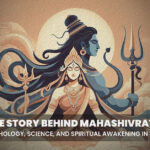

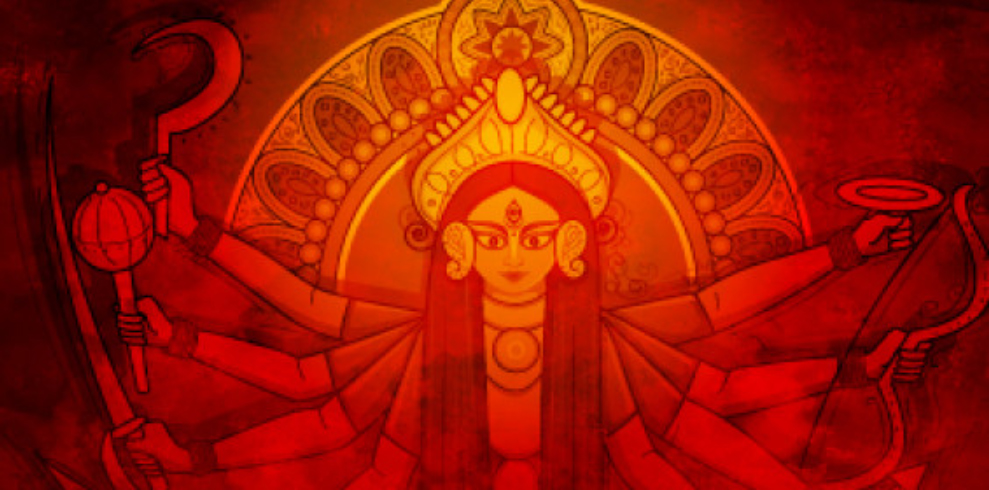



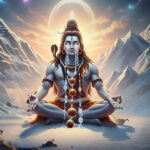
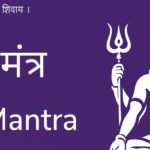
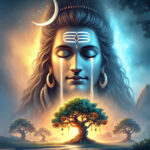
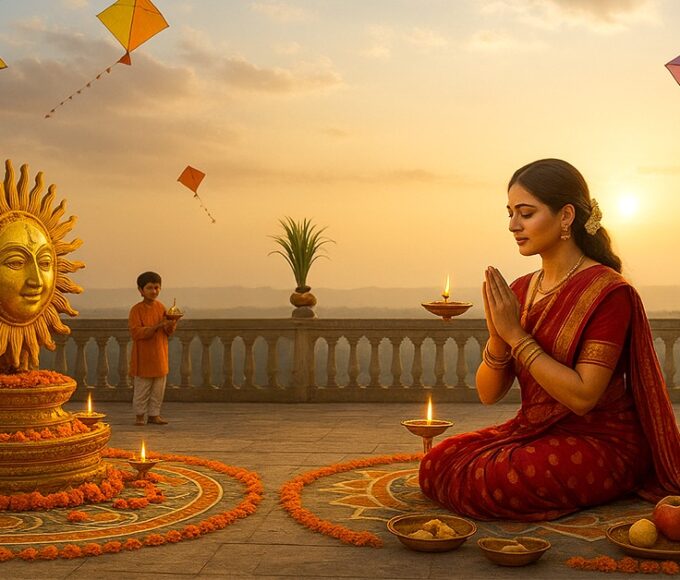
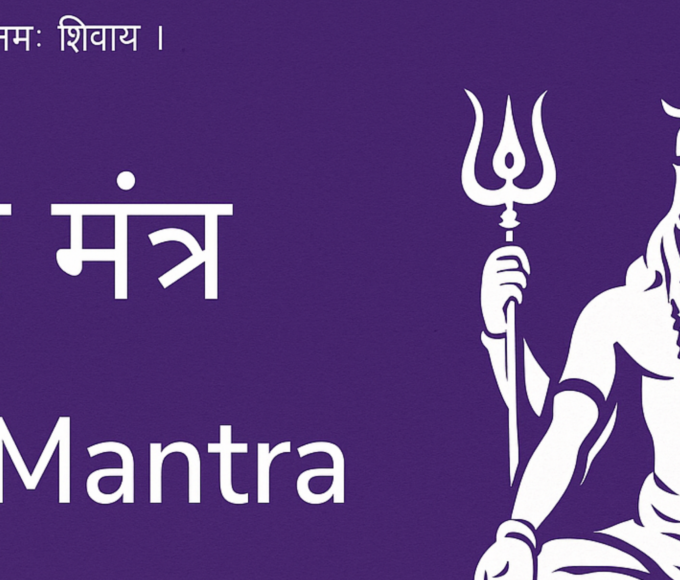
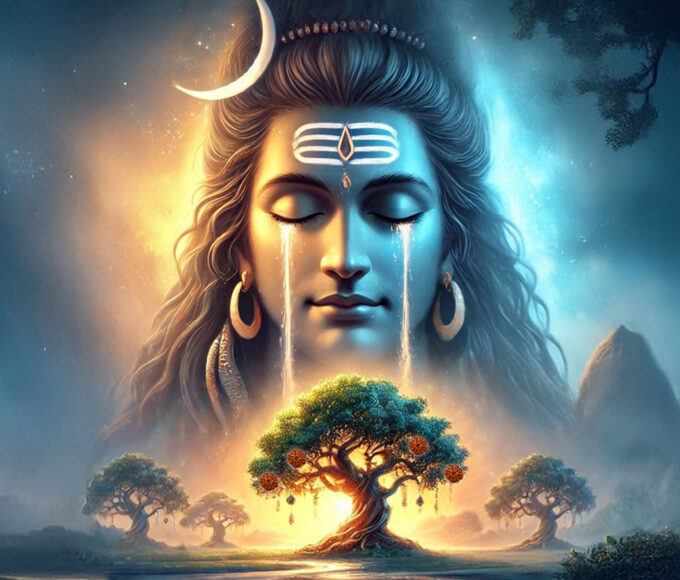
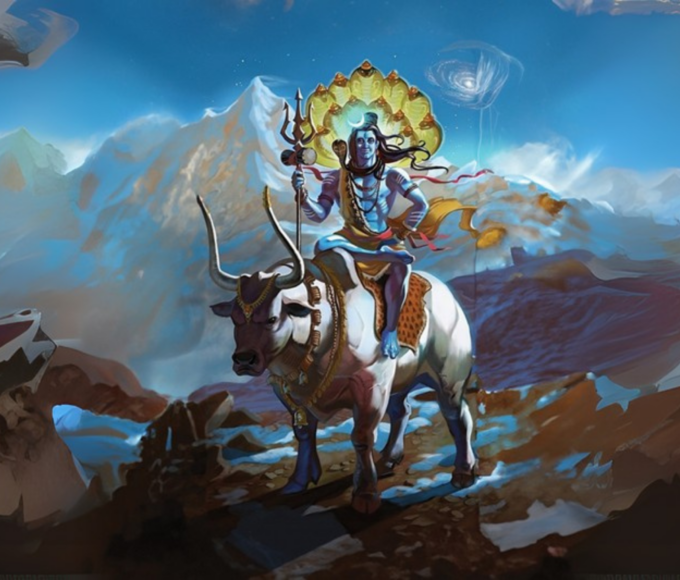
Leave a comment